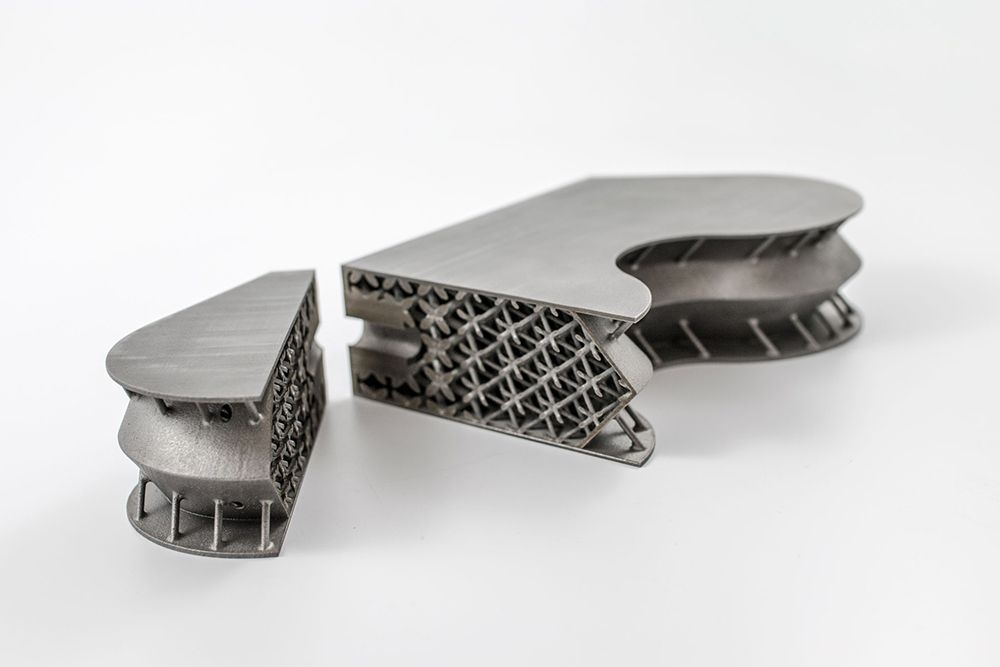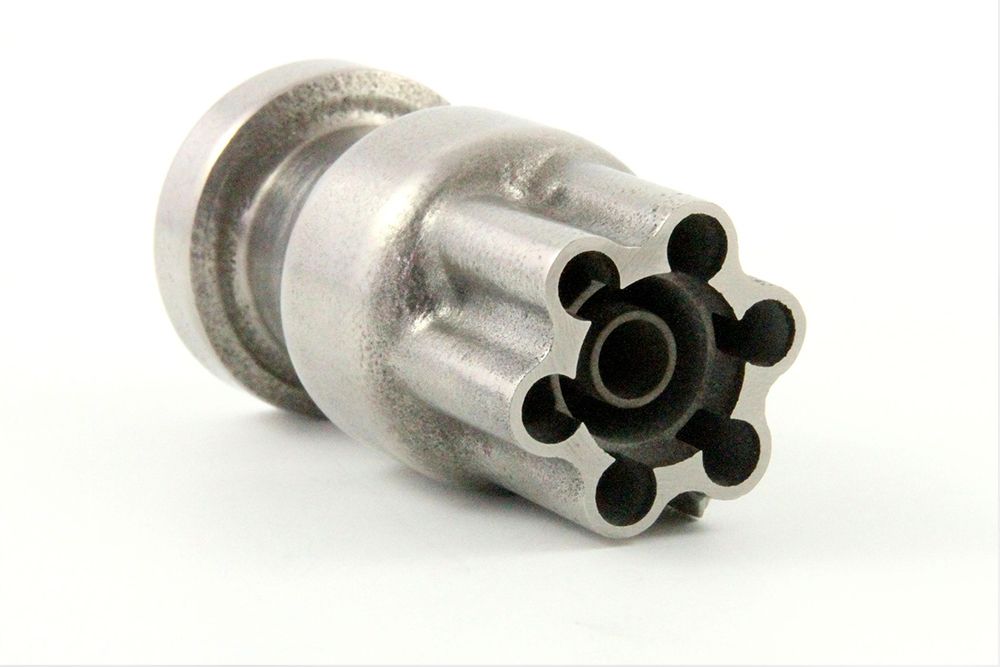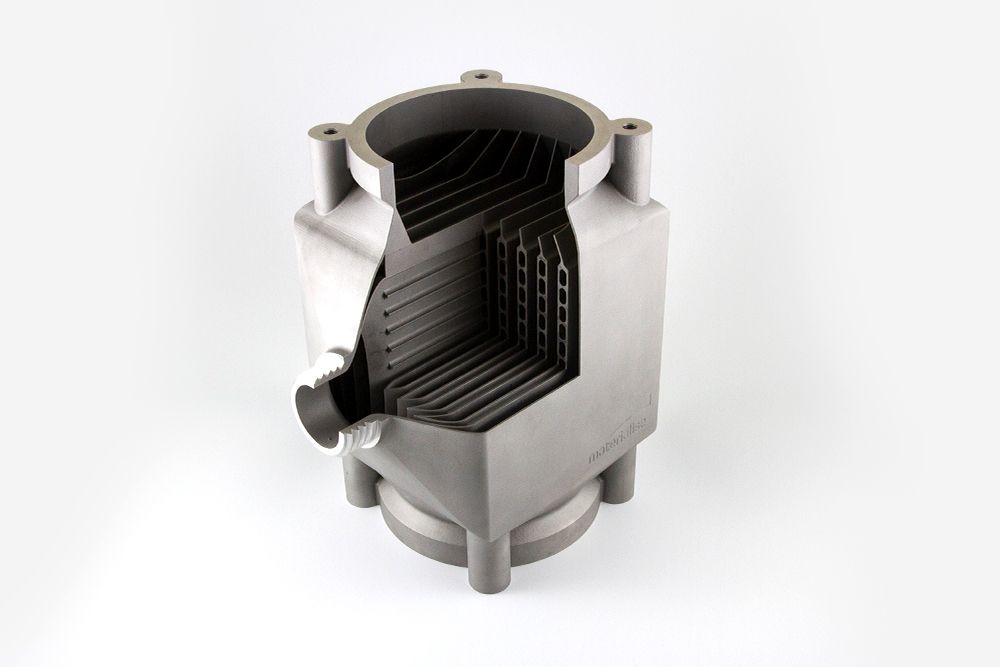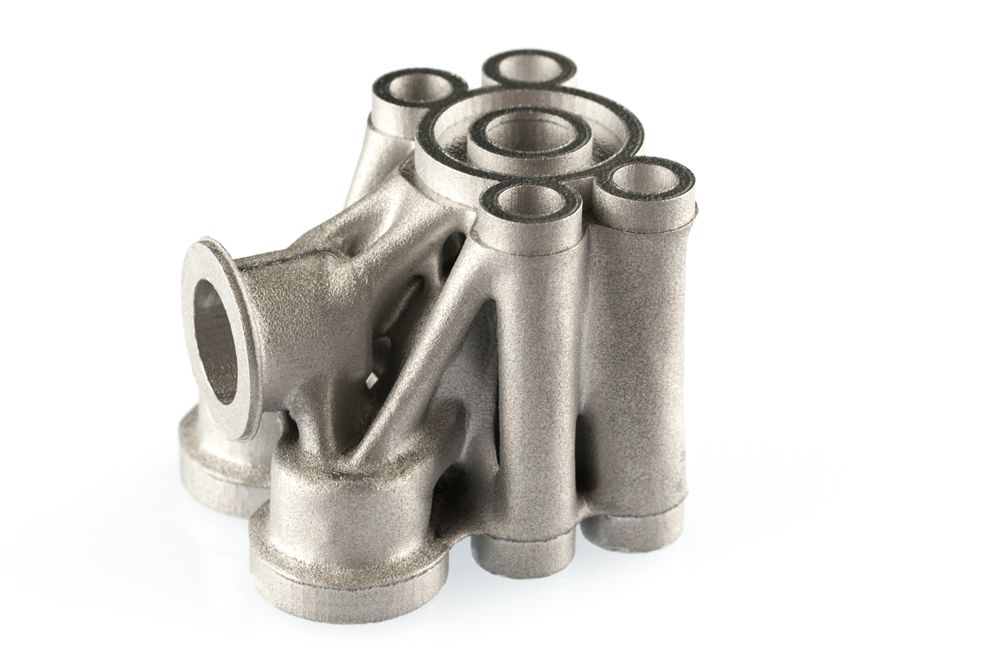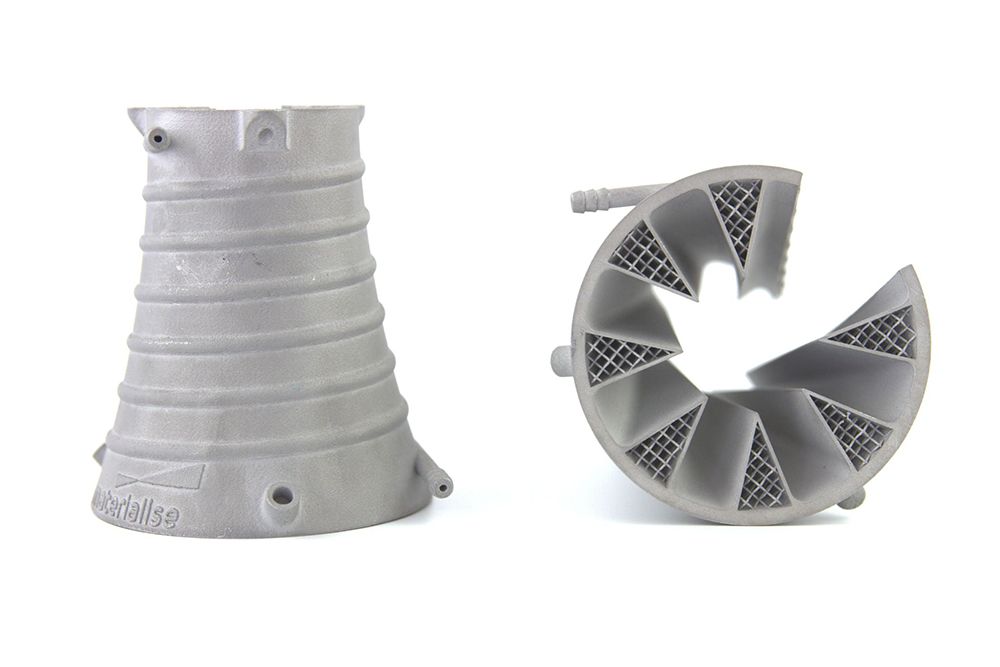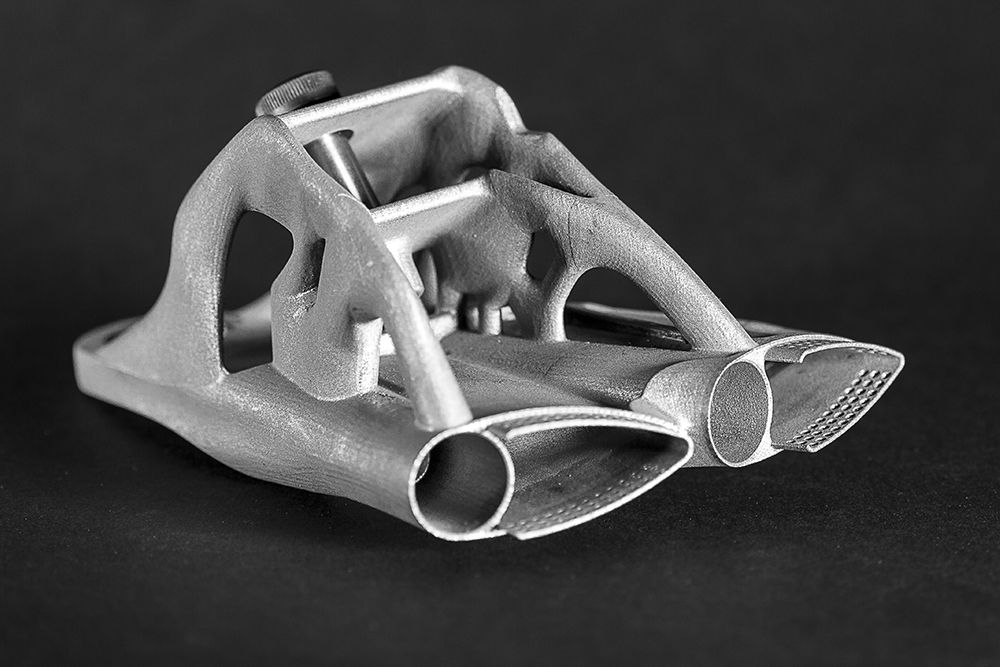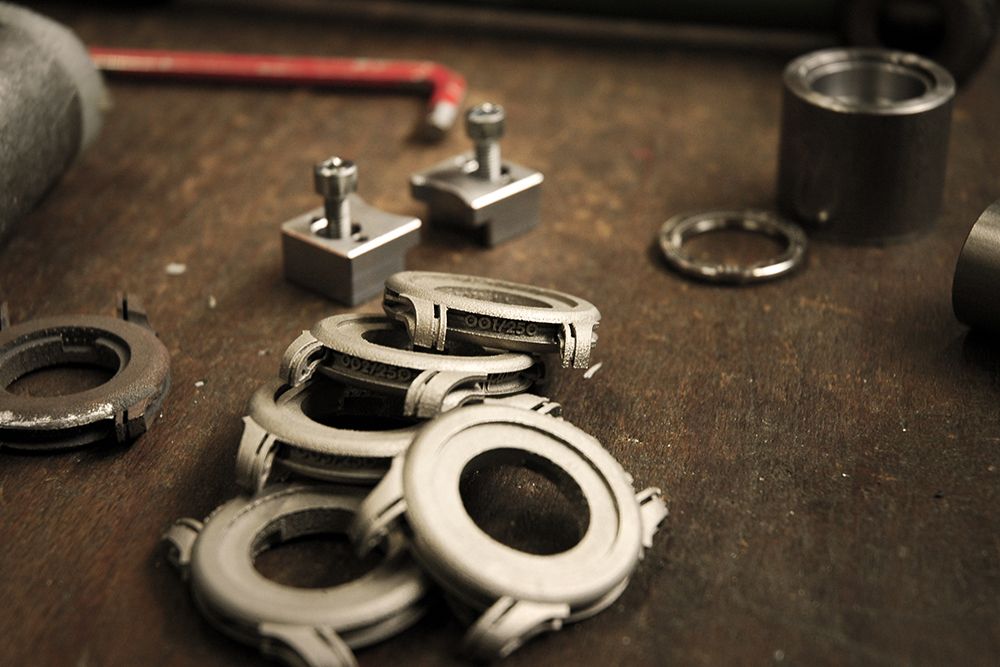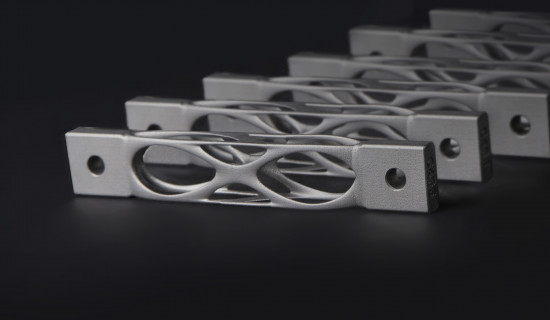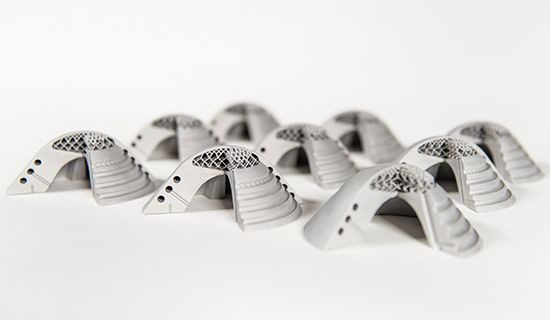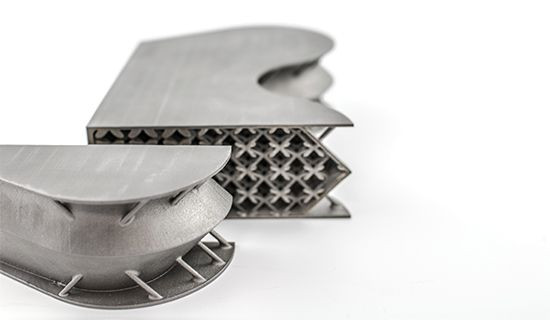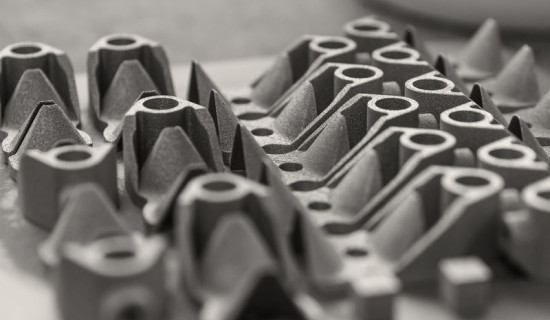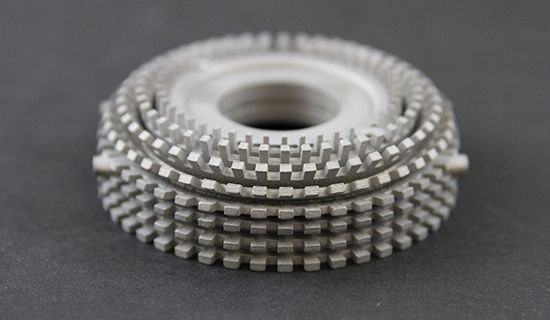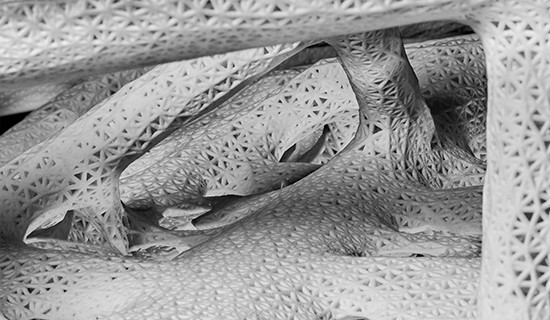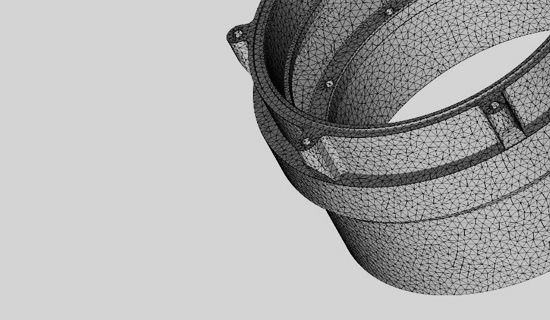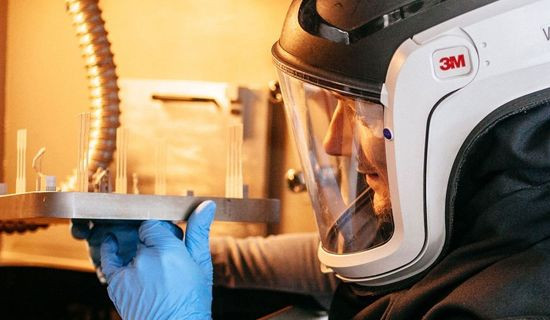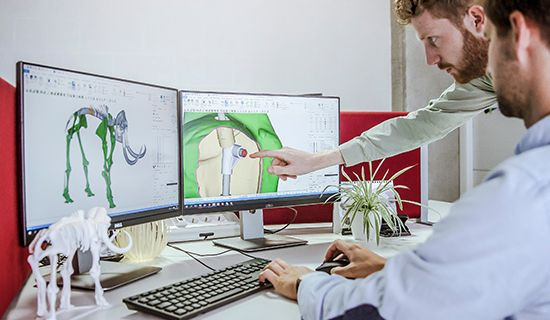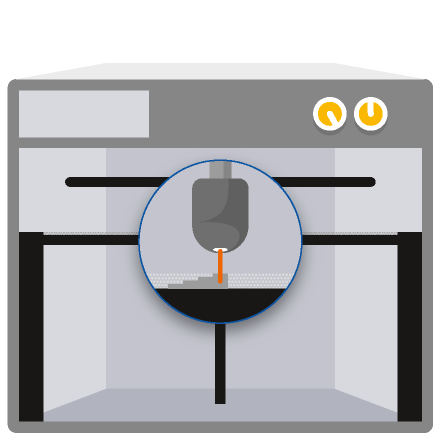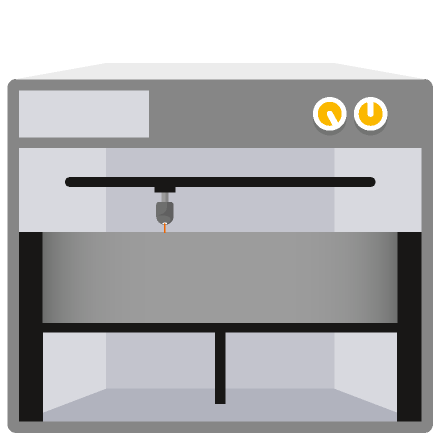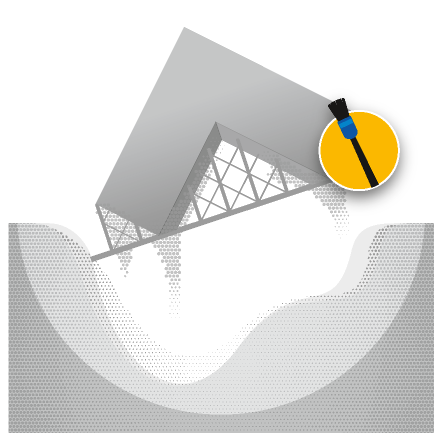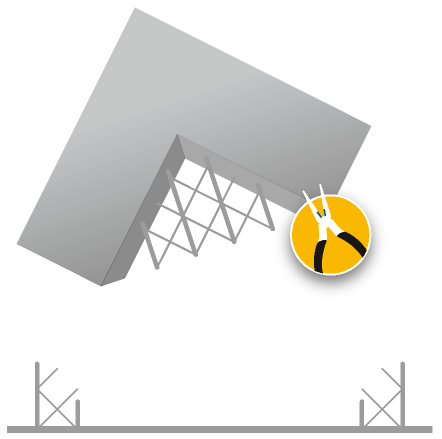Timeless material meets
limitless technology
Metal 3D Printing holds a unique position in modern-day product development. It allows for the direct manufacturing of complex end-use parts and facilitates tooling for conventional manufacturing technologies, reducing costs and lead times. This technology is also known as Direct Metal Laser Sintering (DMLS) and Selective Laser Melting (SLM).
Why choose Metal 3D Printing?
This technology combines the design flexibility of 3D Printing with the mechanical properties of metal. From tooling inserts with cooling channels to lightweight structures for aerospace, any application that involves complex metal parts potentially benefits from Metal 3D Printing.
Ideal applications for Metal 3D Printing
- Fully functional prototypes
- Production tools
- Tooling such as molds and inserts
- Rigid housings
- Ductwork
- Spare parts
- Heat exchangers and heatsinks
NEW: Standard and Performance Grades
Choose the right balance of performance and efficiency for each project.
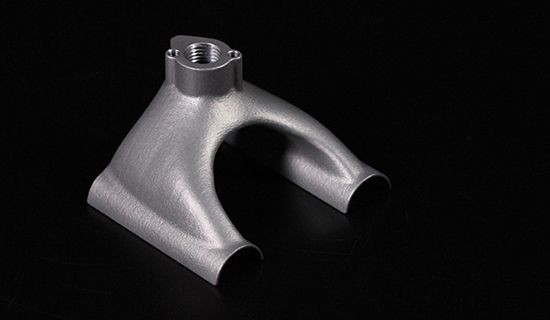
Standard
The all-rounder
It’s all about the technology
- Industry-standard quality requirements
- Ideal for prototypes and simple end-parts
- Form-, fit- and function-testing
- Strength and density similar to cast parts
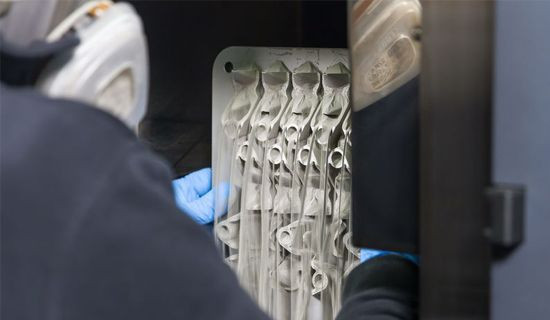
Performance
The specialist
For complex production
- Ideal for complex metal parts designed for AM
- Applications in demanding environments
- Suited for series production
- Strength and density more performant than casting
- Specialized quality test reports available to your specification
Want to know which grade is right for you? Tell us about your project >
Technical Specifications
| Standard lead time |
Minimum of 10 working days, depending on part size, number of components and finishing degrees |
| Standard accuracy |
In accordance with DCTG 8 of DIN EN ISO 8062-3: 2008-09 for dimensions between 30 and 400 mm, DTTG 6 for dimensions below 30 mm and DIN ISO 2768 -1 g (rough) for dimensions between 3 mm and 400mm. (for more details and IT grades have a look at the design guidelines) |
| Layer thickness |
AlSi10Mg: 0.03 – 0.1 mm |
| Minimum wall thickness |
1 mm (standard grade) / 0.5 mm (performance grade and inconel) |
| Maximum build dimensions |
Dimensions are unlimited as components may be composed of several sub-parts. The maximum build envelope is 500 x 280 x 315 mm |
| Surface structure |
Unfinished parts typically have a rough surface but various finishing degrees can achieve smooth surfaces |
Need inspiration for Metal 3D Printing?
Try this free Application Guide.
Materials
Your 3D Printing Toolkit
How Does Metal 3D Printing Work?
Metal 3D Printing is a laser-based technology that uses powdered metals. Similar to Laser Sintering, a high-powered laser selectively binds together particles on the powder bed while the machine distributes even layers of metallic powder. Support structures are automatically generated and built simultaneously in the same material, and are later manually removed. Once complete, the part undergoes heat treatment.
We'd love to hear about your projects and see how we can help.

